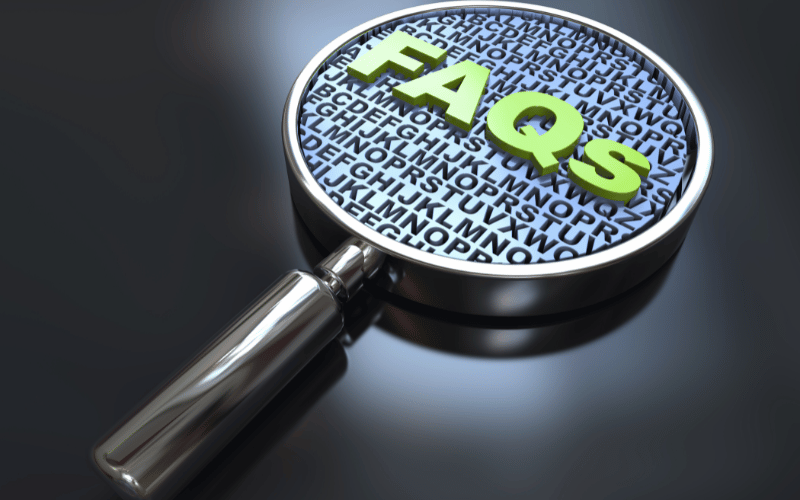FAQ: Frequently Asked Questions About Cleft Palate

1: What age is typically recommended for the surgical repair of a cleft palate?
The recommended age for cleft palate repair surgery usually falls between 9 to 18 months. However, the exact timing can vary based on individual circumstances and the surgeon’s assessment.
2: Can cleft palate affect speech development?
Yes, children with a cleft palate often face challenges with speech development. The palate plays a crucial role in articulation, and a cleft can lead to speech difficulties. Early intervention with speech therapy can be beneficial in addressing these challenges.
3: Are there any special feeding considerations for babies with a cleft palate?
Infants with a cleft palate might struggle with traditional feeding methods. Special cleft feeding bottles and nipples are designed to help these babies feed more effectively, minimizing risks like aspiration.
4: Is cleft palate associated with hearing problems?
Yes, children with a cleft palate have an increased risk of middle ear fluid buildup, which can lead to hearing loss. Regular hearing checks and sometimes the placement of ear tubes can help manage these issues.
5: Can dental problems arise due to a cleft palate?
Indeed, children with a cleft palate may face dental challenges. These can range from missing teeth, malpositioned teeth, to issues with jaw growth. Regular dental check-ups and orthodontic evaluations are essential to address these concerns.
Conclusion: Piecing Together the Cleft Palate Puzzle
The complex tapestry of cleft palate causation weaves together genetic, environmental, and physiological threads. By delving deep into the primary causes of this congenital condition, we’ve unearthed critical aspects of prenatal health, genetics, and maternal exposure. From the intricate dance of genes to the delicate balance of maternal hormones, every facet adds a layer to our understanding.
While our exploration paints a multifaceted picture of cleft palate origins, it’s crucial to remember the bigger narrative: the resilience and strength of those living with a cleft palate. The condition, though rooted in biology and environment, also tells a story of determination, community, and the transformative power of medical science.
Moreover, with advanced research and growing awareness, more resources are emerging to guide families on this journey. From surgical interventions to supportive therapies, the medical community continually refines its approach. The goal remains steadfast: ensuring that every individual with a cleft palate enjoys the highest quality of life and reaches their full potential.
Lastly, as society continues to embrace inclusivity and diversity, it’s essential to champion the stories and voices of the cleft palate community. Understanding the condition’s roots is just the starting point. The real mission lies in celebrating individuality, advocating for comprehensive care, and fostering environments where everyone feels seen, heard, and valued.